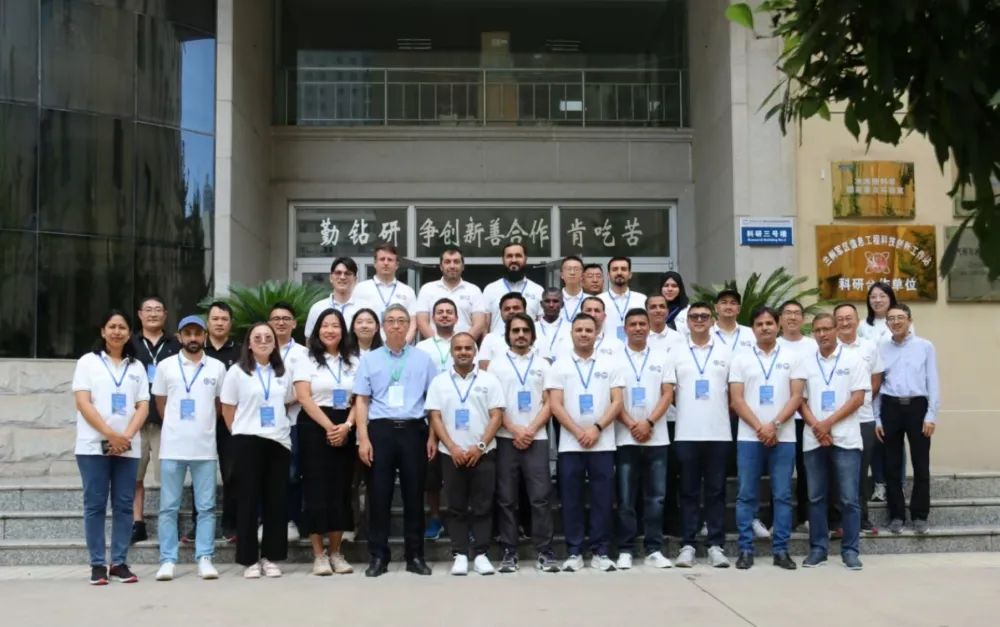


Updatetime:2024-09-16
【Enlarge】【Reduce】
Sponsored by the Chinese Academy of Sciences (CAS), the International Training Course on Cryosphere Observation, Monitoring, and Research along the Belt and Road was successfully held from August 15 to 26, 2024 in Lanzhou, China. The event was organized by the Key Laboratory of Cryospheric Science and Frozen Soil Engineering, Northwest Institute of Eco-Environment and Resources (NIEER, CAS), and the China Society of Cryospheric Science (CSCS), with co-organization by the Global Cryosphere Watch, World Meteorological Organization (GCW/WMO), the Third Pole Regional Climate Centre (Beijing) , and the International Research Centre for China-Mongolia-Russia Cold and Arid Regions Environment and Engineering.

Over 30 trainees from 10 countries and international organizations, including Pakistan, India, Nepal, Mongolia, Tajikistan, Egypt, Jordan, Ethiopia, Iraq, and the World Meteorological Organization (WMO), actively participated in the training course. Experts from the University of Chinese Academy of Sciences (UCAS), Tsinghua University, Beijing Normal University (BNU), the Institute for Snow and Avalanche Research (SLF) of the Swiss Federal Research Institute for Forest, Snow and Landscape Research WSL, the Icelandic Meteorological Office (IMO), National Climate Centre (NCC/CMA), East China Normal University, Dalian University of Technology, NIEER, etc., some of which are co-construction institutes of TPRCC (Beijing), delivered insightful lectures both in person and online. The topics covered included Cryospheric Science and its subdisciplines, methods for observing and processing cryosphere data, Earth System multi-sphere interaction, and the role of the cryosphere in sustainable development.
Following a week of intensive indoor courses, trainees embarked on field excursion and sampling training on glaciers, permafrost, and snow cover. The filed investigation also included examining the natural and cultural landscapes in the cryosphere-impacted area of the Hexi Corridor, northwest China. Key locations for these activities were the Eboling Mountain (Qilian county, Gansu Province), Bailanghe Glacier No.21, the Heihe Remote Sensing Experimental Research Station, and the Dunhuang Gobi and Desert Ecological and Environmental Research Station.
Towards fostering collaboration among scientific, operational and educational communities along the Belt and Road, this twelve-day training program significantly enhanced the capabilities of cryospheric practitioners from developing countries, especially those from the High Mountain Asia region, in measuring and observing cryosphere variables, and in monitoring and researching cryosphere changes in polar and high-mountain regions.